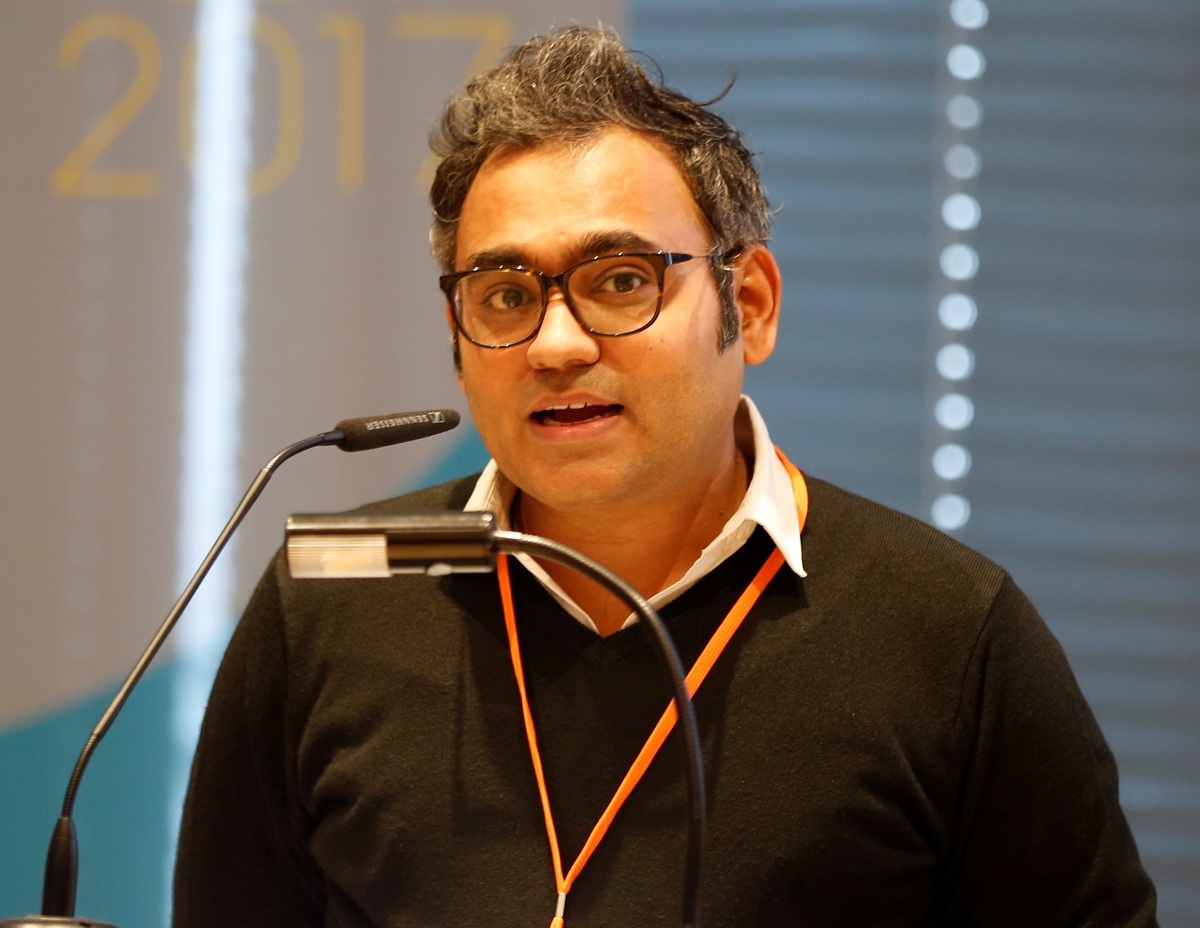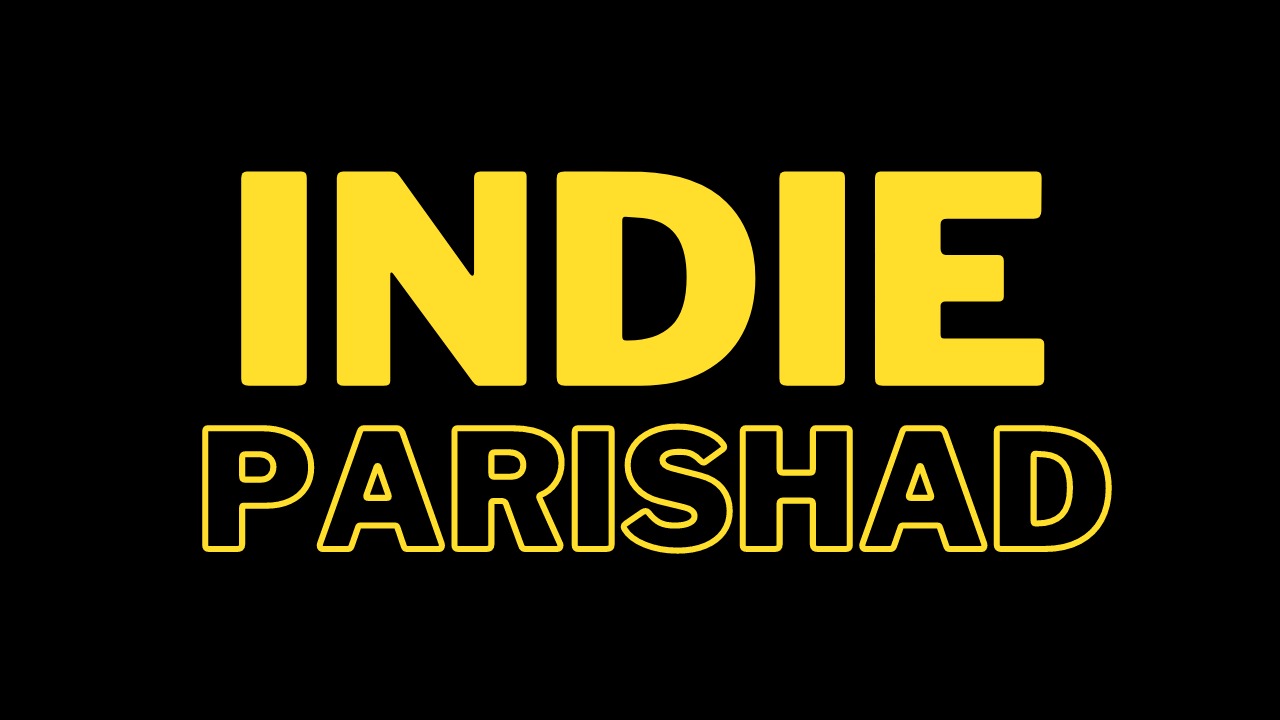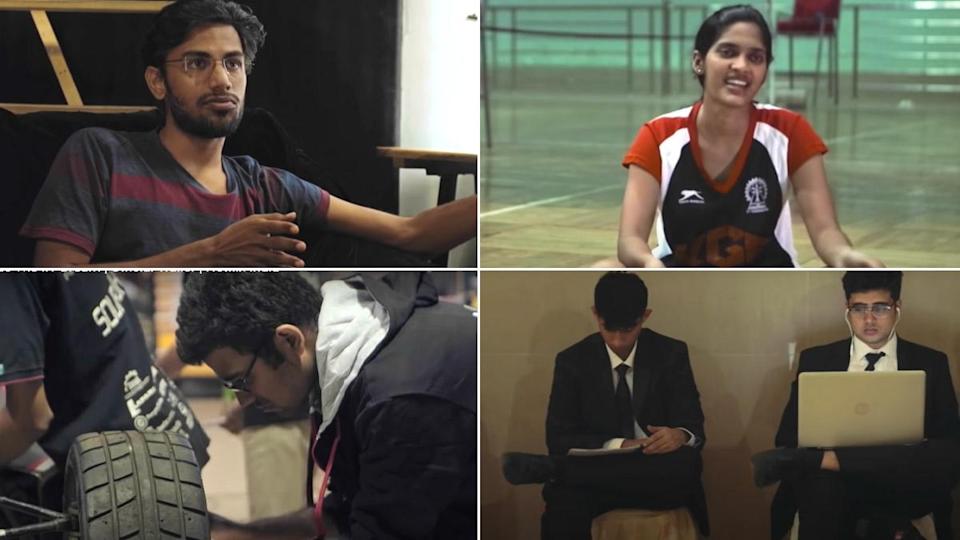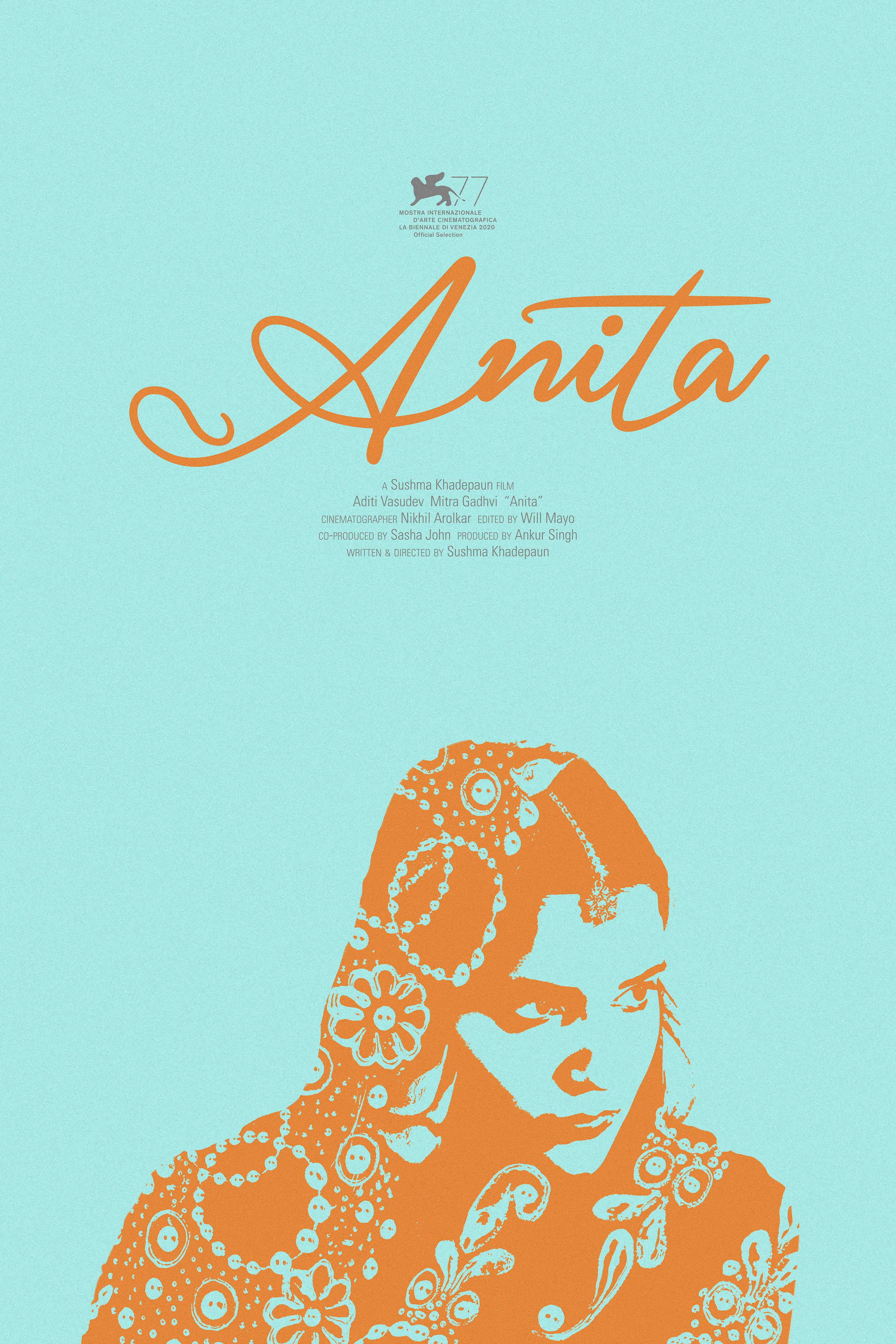On Women’s Day, writer-director Megha Ramaswamy released her powerful short, Newborns, on the internet for public viewing after its successful festival run — which had begun back in 2014, with its selection at the prestigious Toronto International Film Festival (TIFF). A haunting 7-minute film, Newborns uniquely depicts the gaze of and upon India’s female acid-attack survivors, and eventually comes across as more of an affecting ‘hybrid’ documentary, the likes of which we rarely encounter in Indian cinema.
Here, we speak to her about Newborns, the vision and method behind it, and its fine balance between art and awareness.
Link:
When a filmmaker makes a film based on a social issue he/she feels strongly for, how easy is it for the lines to be blurred between craft and communication?
MR: I think it’s the intent you set before approaching it artistically. In my case I’m not a reportage-based, fly on the wall kind of observer. I like observing before I start filming and I like composing based on the triggers my subjects and the geography of their spaces provide me. The lines are never blurred because there is so much of observation and understanding that’s gone into this process that the outcome is usually pure of intent. More than approaching this as an obvious social issue, Newborns brought around a deep sense of understanding and homecoming for everyone involved in putting the film together.
The social issue was already being addressed with a wonderful outreach program we started called ‘Spot Of Shame’ — which was an important protest that took place all over India. I’m attaching a small write-up and a link so you will have a better idea of the magnitude of these protests and the wonderful outcome they had.
[The Spot of Shame campaign is a nationwide initiative founded by filmmaker Megha Ramaswamy, to drag these horrific incidents of acid violence back into the public memory. Following the shocking death of Preeti Rathi, a young nurse attacked with acid by a ‘jealous neighbour’ at a local train station in Mumbai, the dastardly act with its inhumanity and blatant apathy forced Megha to get in touch with `Stop Acid Attacks’ (SAA) — a Delhi-based NGO that spearheads the cause of acid attack victims. This collaboration with SAA led Megha to spearhead `Spot of Shame,’ a nation-wide campaign that aims to generate public awareness around the issue to stop such further attacks. Volunteers draw attention to specific places where these shameful acts were committed. Typography is designed and stencilled into walls, street plays are performed, placards and signs are displayed. More than anything, these events have served as a constant reminder of public apathy and government negligence. Over the last six months, Spot of Shame events have been carried out in more than a dozen cities across India (and counting)]
The treatment of your film — dystopian, atmospheric, dreamy, abstract even — a symbolic world around real acid-attack survivors, seems designed to imprint their faces, gaze and voices into our memory, more than telling their story. Most unique for something that could have served as a hard-hitting, expository documentary on its own.
I think building dreamscapes and not committing to reality is an intellectual privilege film and literature allow us. The treatment came around very naturally. It was also through conversations with my cinematographer and dear colleague Satya Rai Nagpaul who nudged me very gently in elaborating on the gaze and discovering it through the points of view of the survivors. At that point I was reading a collection of poems curated by one of my favourite poets – Carol Ann Duffy called “Answering Back” and that phrase stuck to me as I approached the narrative. It was easy not making a sensationalist tragedy out of their lives and for this full marks to these wonderful women who dealt within their own circumstances with so much of poise and dignity. It’s their nobility and strength of communication that made us expose very little and narrate a lot more.
How exactly did you explain your vision to Laxmi and the rest? Tell us a little about the making…and the soundscape.
Honestly, there was no vision. It was just a lot of conversation and revisits to personal spaces and spending time volunteering, talking to parents of victims who have passed on. Understanding our culture of violence. It was very intense.
As far as the soundscape goes: it was my first film and I had no idea what it meant putting together a soundscape for the film. Anand Gandhi (director, Ship of Theseus) helped me composing it. I just knew there was a certain sense of decay that I wanted to hear; Ruchi Bhimani, my producer, found this mysterious hill in the outskirts of Delhi hovering with birds. When we went closer, it was all Delhi’s rubbish and death decaying on a mound of perish (is that a state?). That vision triggered a lot of sounds within the soundscape. Then we just held on to the available sounds and mingled them with the mystery and prose narrated by the girls — a whisper here and giggle there, sometimes a pause. It fit in.
The title says quite a lot.
The title ‘the Newborns’ presents itself through survivor Laxmi Agarwal’s anecdotes and resonant conversations with several other acid attack survivors, who liken their recovery to rebirth. Tracking their internal struggles, evolving sense of identity, their notions of beauty and what it means to those in their environment, the title explores the powerful reconnection these women make to their new identity. Laxmi very innocently told me that “main bacchi jaise ban gayi thi,” and that she would crawl on her fours like a baby due to the intensity of the attack. She said the day she stood up, it was a sense of being a Newborn.
Tell us a little about the cause you made this for.
Acid violence is a blatant vitriolic assault, generally taking place in broad daylight, in densely populated spaces. The perpetrator throws acid at a target with the intention to disfigure, maim, torture, or blind. Dangerously caustic varieties of acid are freely available over the counter and are readily dispatched to any paying customer. The first recorded case of acid violence in India was more than 30 years ago. It was as recently as 2013, that the government recognized it as a “crime” in the Indian Penal code. There’s been a lot of progress in the community of survivors in terms of rehabilitation and community engagement. It’s still sad that in a democracy, a crime so brutal and patriarchal in nature is recurrent. We really need to understand how irresponsible we are, as we flaunt the privileges of a civilization and society where this is still an issue.
What was the feedback like at Toronto? Was it more about awareness or art?
The feedback and reviews for Newborns have always been very encouraging and only positive. It was awareness, art and a true personal exploration for me as to where I saw myself in the clutter of this world. I had only worked on a very commercial Bollywood film called Shaitan before this. So making Newborns clarified my own sensibilities to myself.
How do you go about conceiving — and then putting together — such a distinct film? Do you start with an image, a few words, a poem/monologue or some music?
It always starts very small and the triggers are always visual. Also, I work in a very disorganized manner where I’m constantly looking at my team for exciting insights. It’s so much of collaboration. Jamming with Satya on ideas only made me braver in achieving what I wanted out of the film. Poetry has always influenced me especially as a child and now as an adult; it’s something I’m constantly trying to achieve not just as an artist but also as a person. Poetry teaches us so much. It’s truly transcendental — I guess I feel a lot more about the lives of others and the environment through the poetry of others. I’ve recently started reading Hindi poetry. I can guarantee you there’s nothing more stirring than a verse of a Shamsher Bahadur Singh or a Parveen Shakir to come back home to. I recently read Manav Kaul’s wonderful book called ‘Theek tumhare peeche’. Some lines from Newborns are deeply influenced by Sarveshwar Dayal Saxena’s poetry too. [smiles] I think I’ve more or less answered your question.









Leave A Comment
You must be logged in to post a comment.